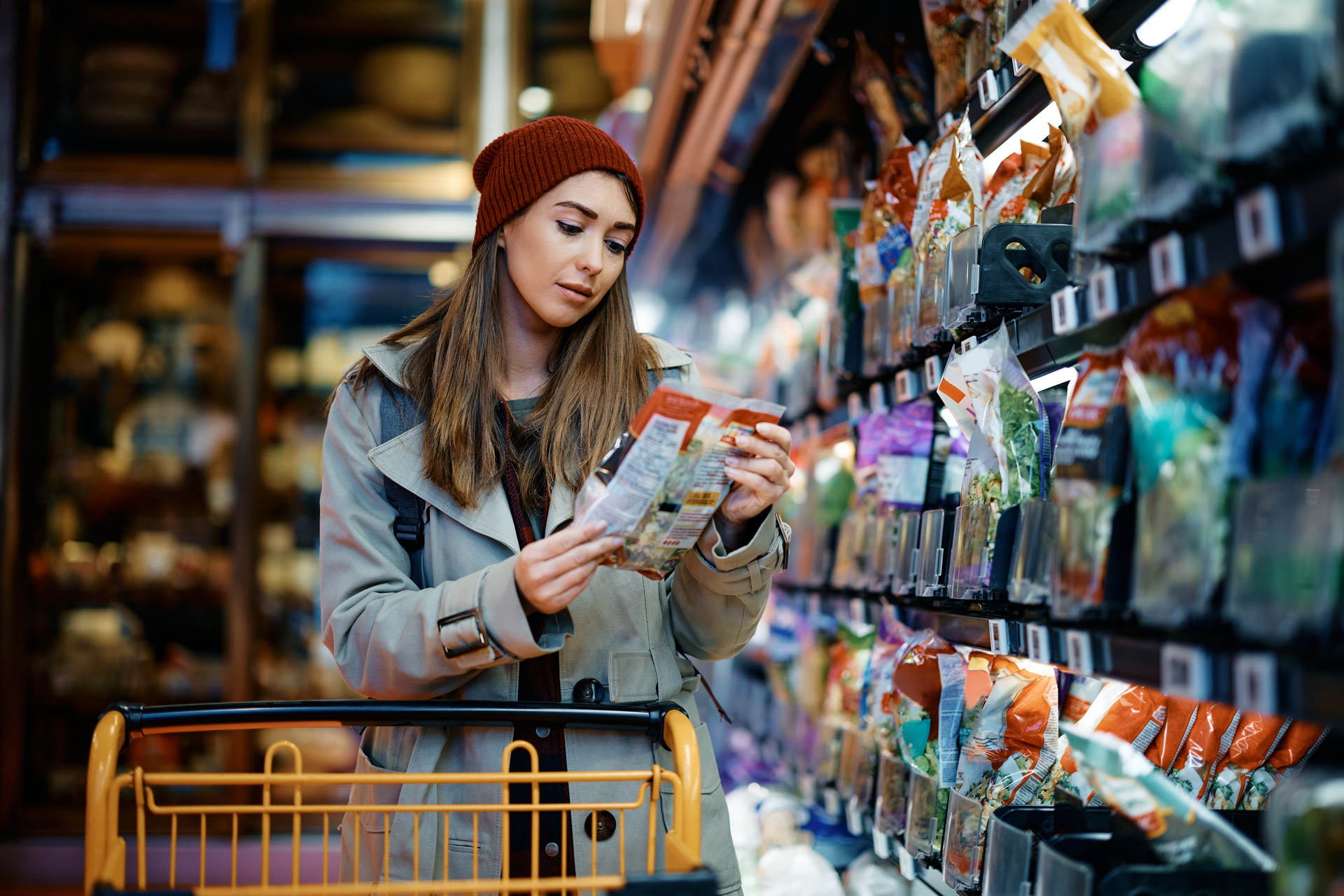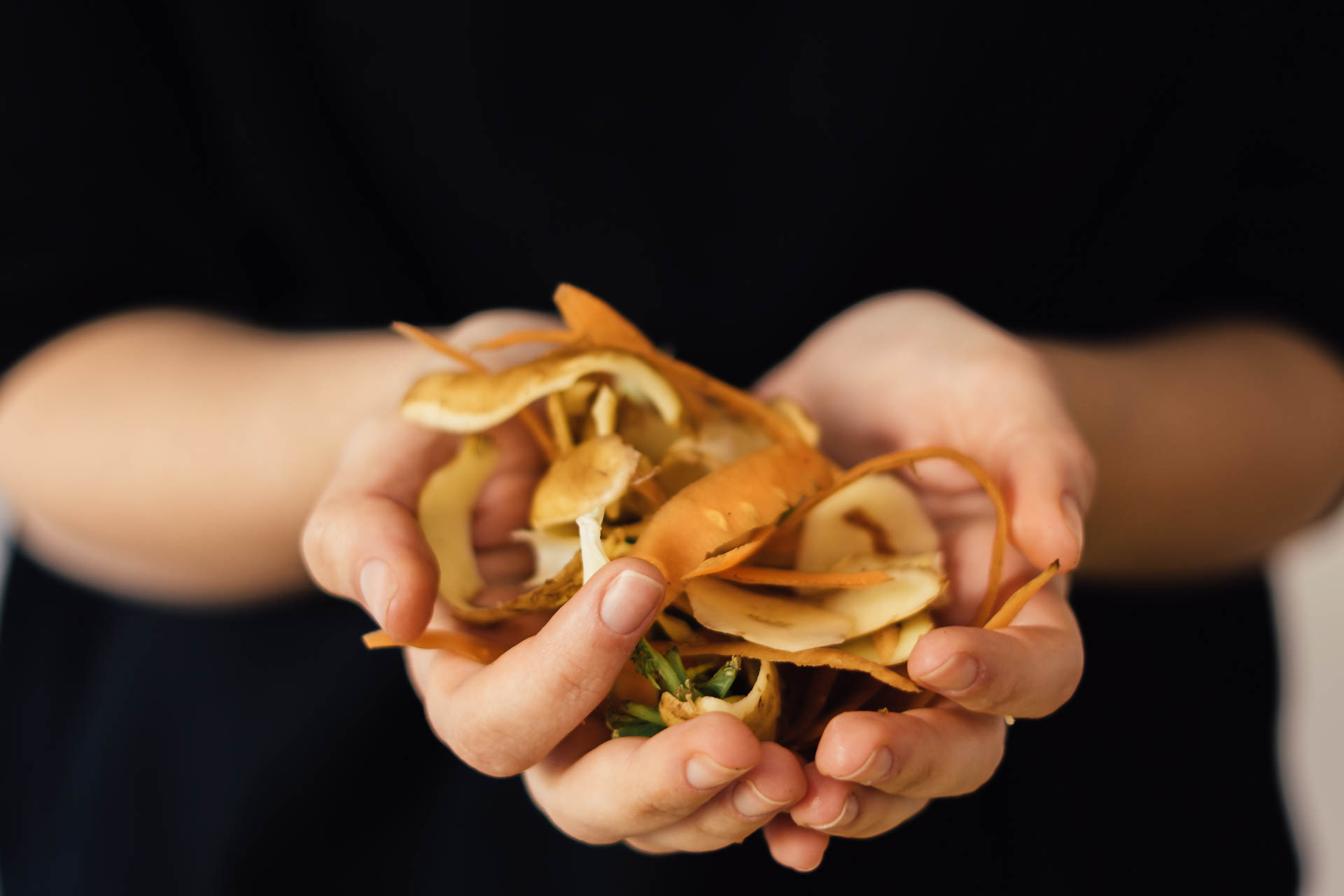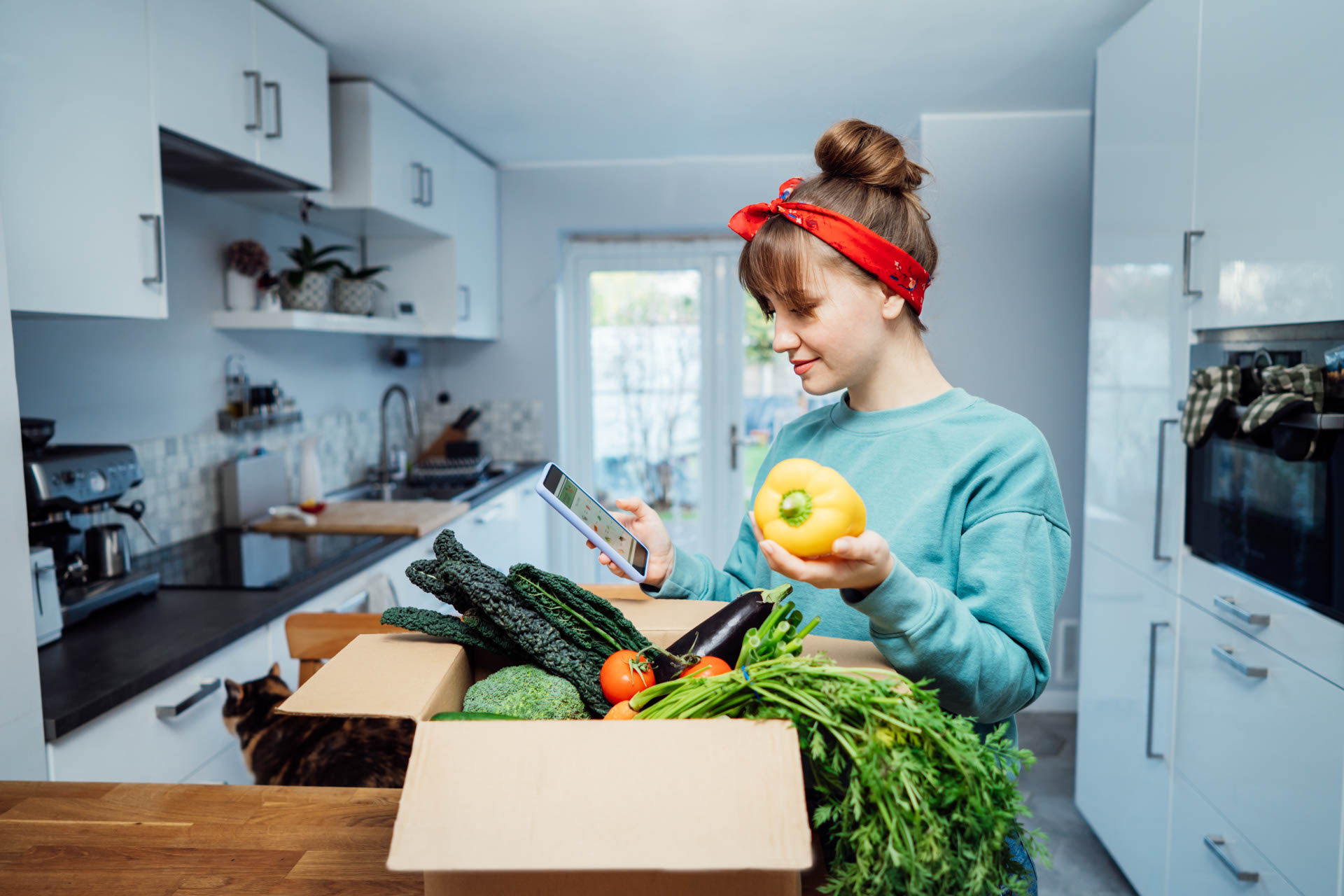The word vacuum is now part of our kitchen vocabulary, on a par with planetary mixer and air fryer. We have also become accustomed to buying vacuum-packed products from the supermarket shelves, from Parmesan cheese to rice and cured meats. The same goes for meal prepping, which consists of planning and cooking (or simply preparing) meals for the whole week in advance: here, vacuum-sealing food, portioned as required, is a true game changer, because it helps preserving it for much longer by eliminating air and thus contact with oxygen, thanks to the suitable pump. And so what was once a tool used only in restaurants has become our trusted friend to keep between the fridge and the stove. The reason for this success lies in its ease of use and its many advantages.
Oxygen encourages the growth of bacteria, causes oxidation and accelerates the spoilage of food. Vacuum is therefore a guarantee of food safety, even for those who suffer from intolerances and allergies, because by sealing the food, it prevents contact with other foods in the fridge. Another advantage is that food keeps longer, preserving its taste, colour, smell and, above all, its nutritional properties. However, it is important to remember that vacuum does not protect against botulism, a poisonous bacterium that can survive without oxygen.
Another advantage is that by prolonging the life of food, which varies from food to food (and we will discuss this in a later article), vacuum sealing helps you to avoid waste and save money. The possibilities of use are many and varied. To store leftovers from a meal with friends, or to stock up on a product that may be on offer in the supermarket. As well as saving you money, it can also save you time, by reducing the need to go shopping.
Bread, meat, fish, cold cuts, cheese, fruit and vegetables. Whole or portioned, depending on your eating habits. Both fresh foods, perhaps to extend their point of ripeness, and cooked or dried foods, such as legumes or coffee beans. An extra tip is to label the bags with the date they were vacuum sealed, just like in restaurant kitchens. Did you know that vacuum sealing is also useful for marinades? A salmon steak or chicken legs marinated in an airtight vacuum bag or container will have a more intense flavour when cooked. Vacuum is also an increasingly popular technique among bartenders, who use it to macerate and infuse herbs and spices for cocktails to extract flavours. It was during the pandemic that the trend began for ready-made vacuum packed cocktails, to be sold online or for home delivery.
Once you have vacuum sealed your food, you simply choose whether to store it in the fridge or in the freezer (which further extends its shelf life), just as you would have done if it had not been vacuum sealed. It is important to remember that vacuum sealing is a technique for extending the shelf life and is not a substitute for refrigeration or freezing. Another aspect not to be underestimated if you have a bit of a Marie Kondo temperament is that vacuum sealed food takes up less space, allowing you to organise your fridge or freezer in a tidier and more spacious way. But we will look at that in one of our next articles!


